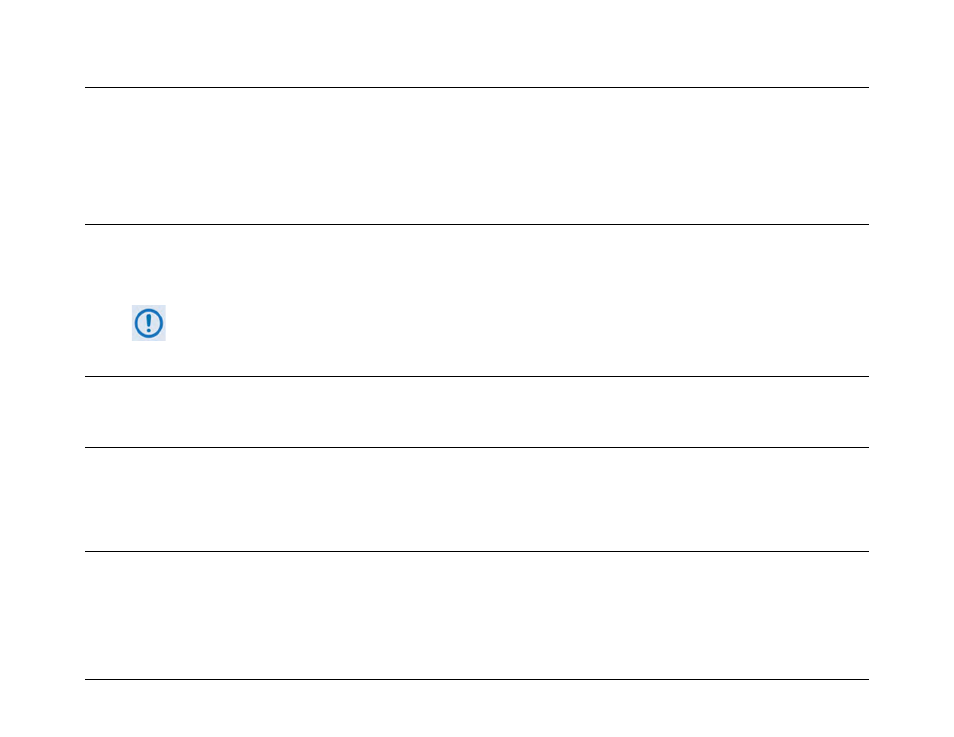1 start of packet, 2 target address, 3 address delimiter – Comtech EF Data HPOD User Manual
Page 76: 4 instruction code, 5 instruction code qualifier

HPOD C-, X-, Ku-Band High-Power Outdoor Amplifier
MN/HPOD.IOM
Serial-Based Remote Product Management
Revision 8
5–6
5.3.4.1 Start of Packet
• Controller-to-Target – This is the character ‘<’ (ASCII code 60).
• Target-to-Controller – This is the character ‘>’ (ASCII code 62).
The ‘<’ and ‘>’ characters indicate the start of packet. They may not appear anywhere else within the body of the message.
5.3.4.2 Target Address
Up to 9,999 devices can be uniquely addressed; in both EIA-485 and EIA-232 applications, the permissible range of values is 1 to 9999.
The address is programmed into a Target unit using the remote control port.
The Controller sends a packet with the address of a Target – the destination of the packet. When the Target responds, the
address used is the same address, to indicate to the Controller the source of the packet. The Controller does not have its
own address.
5.3.4.3 Address Delimiter
This is the “forward slash” character '/ ' (ASCII code 47).
5.3.4.4 Instruction Code
This is a three-character alphabetic sequence that identifies the message subject. Wherever possible, the instruction codes have been
chosen to have some significance to aid in the readability of the message, should it be displayed in its raw ASCII form. Only upper case
and lower case alphabetic characters may be used (A-Z, ASCII codes 65-90).
5.3.4.5 Instruction Code Qualifier
This is a single character that further qualifies the preceding instruction code. Code Qualifiers obey the following rules:
1) From Controller-to-Target, the only permitted characters are: